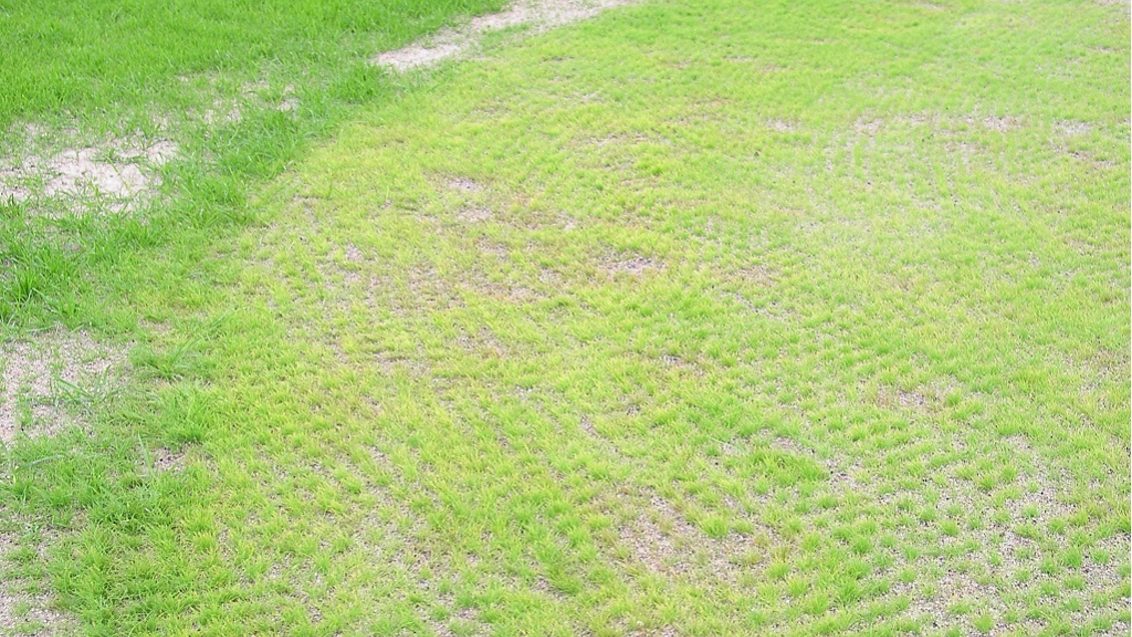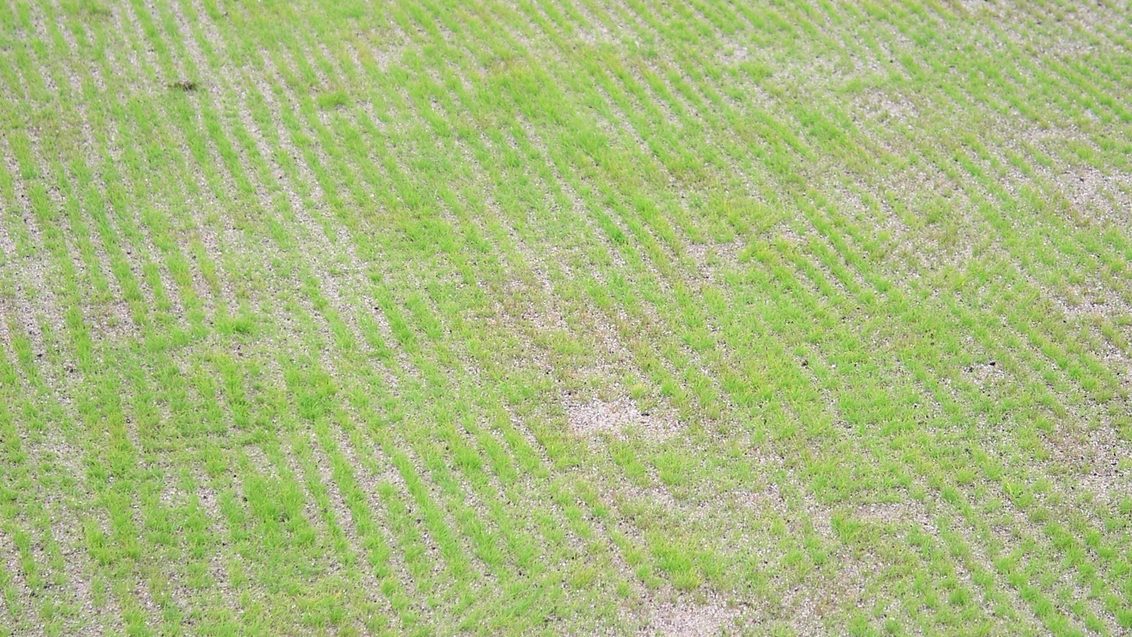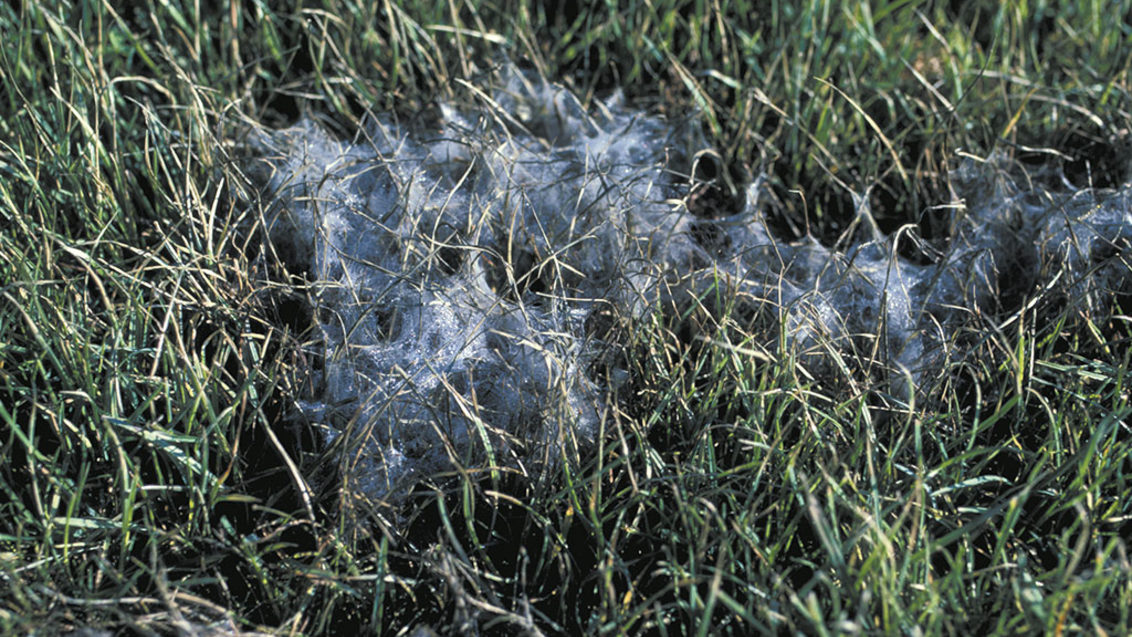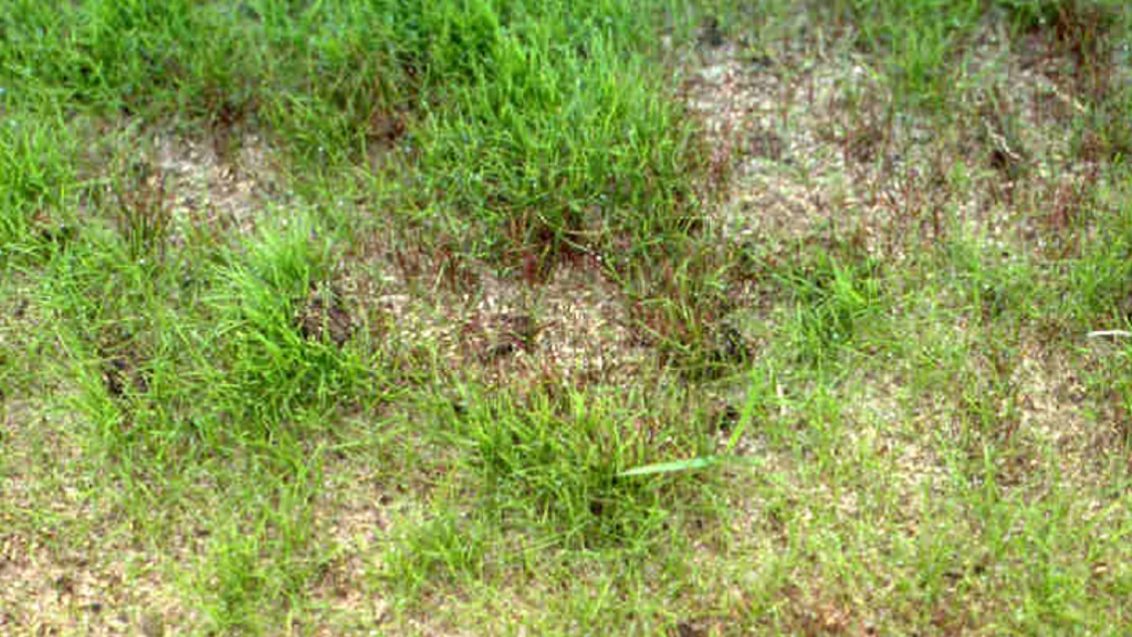Seedling Diseases
Turf Disease
Three types of seedling disease may occur:
- Seed rot, where the seed fails to germinate;
- Pre-emergence damping off where the seed germinates but fails to emerge; and
- Post-emergence damping off where the seedling emerges but fails to establish (Plate 1).
Where are Seedling Diseases found?
Any area that has been newly sown. All turfgrass species can be affected, although post-emergence damping off is most severe on Bentgrass, Fescue and Poa pratensis L.
Effects of Seedling Diseases:
A very thin sward may develop, allowing access for Poa annua grass seed germination and contamination of the final sward.
Seedling diseases may be caused by many fungi including Microdochium nivale (Fr.) Samuels and I.C. Hallett, Fusarium spp. Drechslera spp., Bipolaris sorokiniana (Sacc.) Shoemaker, Rhizoctonia spp and Pythium spp.
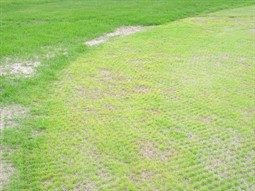
Post emergence damping off
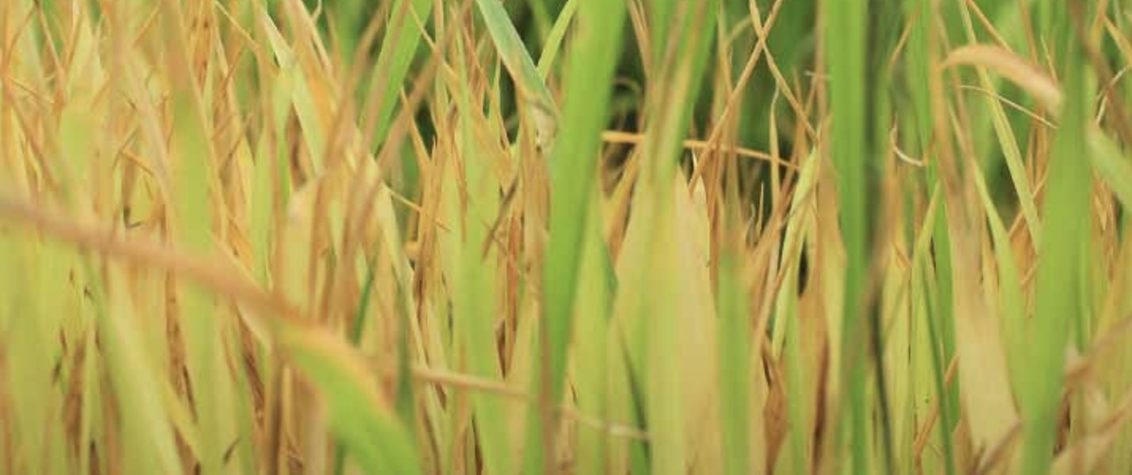
Integrated Turf Management:
- Good seedbed preparation.
- An appropriate rate of seedbed fertiliser should be used.
- An appropriate rate of high quality grass seed should be used and sown evenly to the recommended depth for the grass species or mixture being used.
- Sow grass seed when growing conditions are favourable.
- Accurate identification of the causal pathogen is essential prior to applying any plant protection products to ensure the chosen product has activity against the causal pathogen.
Fungicidal Control:
Chemical control is difficult due to the young age of the turf, which may be further damaged by fungicide application.
| Parameter | Daconil WeatherStik | Heritage |
| Pathogens controlled | Microdochium nivale | Microdochium nivale |
| Mode of action | Contact | Systemic |
| Optimum timing | At first sign of disease | At first sign of disease |
| Dose rate | 30 l/ha | 0.5 kg/ha |
| Water volume | 500 l/ha | 900 l/ha |
| LERAP | B | n/a |
Trials have shown that Daconil WeatherStik and Heritage control the following diseases:
Daconil WeatherStik: Fusarium spp. Dreschlera spp. Bipolaris sorokiniana and Rhizoctonia spp.
Heritage: Pythium spp. Dreschlera spp. Bipolaris sorokiniana and Rhizoctonia spp.
High Risk Situations:
- Dry conditions favour Fusarium spp.
- Wet conditions favour Pythium spp.
- Inadequate or excessive seedbed fertiliser.
- Sowing during poor weather conditions.
- Poorly prepared seedbed.
Other Diseases in this category:

